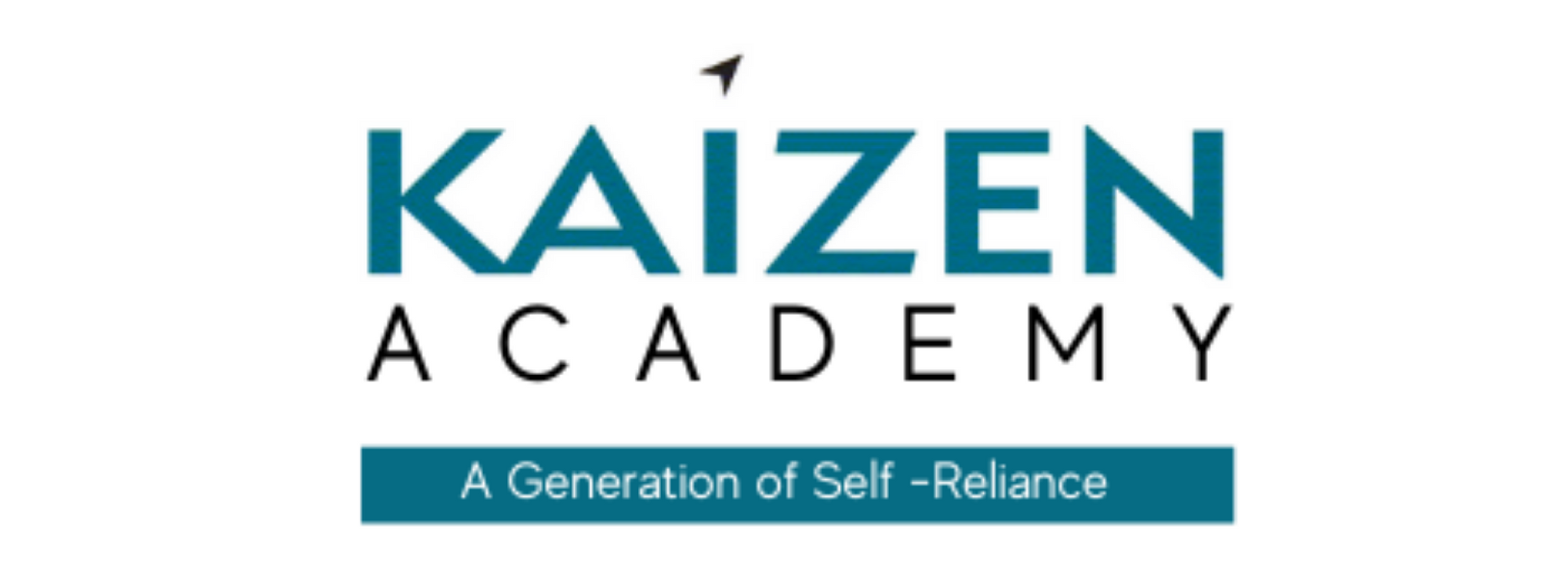From Atomic Habits by James Clear

Many people are familiar with Michael Phelps, who is widely considered to be one of the greatest athletes in history. Phelps has won more Olympic medals not only than any swimmer but also more than any Olympian in any sport.
Fewer people know the name Hicham El Guerrouj, but he was a fantastic athlete in his own right. El Guerrouj is a Moroccan runner who holds two Olympic gold medals and is one of the greatest middle-distance runners of all time. For many years, he held the world record in the mile, 1,500-meter, and 2,000-meter races. At the Olympic Games in Athens, Greece, in 2004, he won gold in the 1,500-meter and 5,000-meter races.
These two athletes are wildly different in many ways. (For starters, one competed on land and the other in water.) But most notably, they differ significantly in height. El Guerrouj is five feet, nine inches tall. Phelps is six feet, four inches tall. Despite this seven-inch difference in height, the two men are identical in one respect: Michael Phelps and Hicham El Guerrouj wear the same length inseam on their pants.
How is this possible? Phelps has relatively short legs for his height and a very long torso, the perfect build for swimming. El Guerrouj has incredibly long legs and a short upper body, an ideal frame for distance running.
Now, imagine if these world-class athletes were to switch sports. Given his remarkable athleticism, could Michael Phelps become an Olympic-caliber distance runner with enough training? It’s unlikely. At peak fitness, Phelps weighed 194 pounds, which is 40 percent heavier than El Guerrouj, who competed at an ultralight 138 pounds. Taller runners are heavier runners, and every extra pound is a curse when it comes to distance running. Against elite competition, Phelps would be doomed from the start.
Similarly, El Guerrouj might be one of the best runners in history, but it’s doubtful he would ever qualify for the Olympics as a swimmer. Since 1976, the average height of Olympic gold medalists in the men’s 1,500-meter run is five feet, ten inches. In comparison, the average height of Olympic gold medalists in the men’s 100-meter freestyle swim is six feet, four inches. Swimmers tend to be tall and have long backs and arms, which are ideal for pulling through the water. El Guerrouj would be at a severe disadvantage before he ever touched the pool.
The secret to maximizing your odds of success is to choose the right field of competition. This is just as true with habit change as it is with sports and business. Habits are easier to perform, and more satisfying to stick with, when they align with your natural inclinations and abilities. Like Michael Phelps in the pool or Hicham El Guerrouj on the track, you want to play a game where the odds are in your favor.
Embracing this strategy requires the acceptance of the simple truth that people are born with different abilities. Some people don’t like to discuss this fact. On the surface, your genes seem to be fixed, and it’s no fun to talk about things you cannot control. Plus, phrases
like biological determinism makes it sound like certain individuals are destined for success and others doomed to failure. But this is a shortsighted view of the influence of genes on behavior.
The strength of genetics is also their weakness. Genes cannot be easily changed, which means they provide a powerful advantage in favorable circumstances and a serious disadvantage in unfavorable circumstances. If you want to dunk a basketball, being seven feet tall is very useful. If you want to perform a gymnastics routine, being seven feet tall is a great hindrance. Our environment determines the suitability of our genes and the utility of our natural talents. When our environment changes, so do the qualities that determine success.
This is true not just for physical characteristics but for mental ones as well. I’m smart if you ask me about habits and human behavior; not so much when it comes to knitting, rocket propulsion, or guitar chords. Competence is highly dependent on context.
The people at the top of any competitive field are not only well trained, they are also well suited to the task. And this is why, if you want to be truly great, selecting the right place to focus is crucial.
In short: genes do not determine your destiny. They determine your areas of opportunity. As physician Gabor Mate notes, “ Genes can predispose, but they don’t predetermine.” The areas where you are genetically predisposed to success are the areas where habits are more likely to be satisfying. The key is to direct your effort toward areas that both excite you and match your natural skills, to align your ambition with your ability.
The obvious question is, “How do I figure out where the odds are in my favor? How do I identify the opportunities and habits that are right for me?” The first place we will look for an answer is by understanding your personality.

